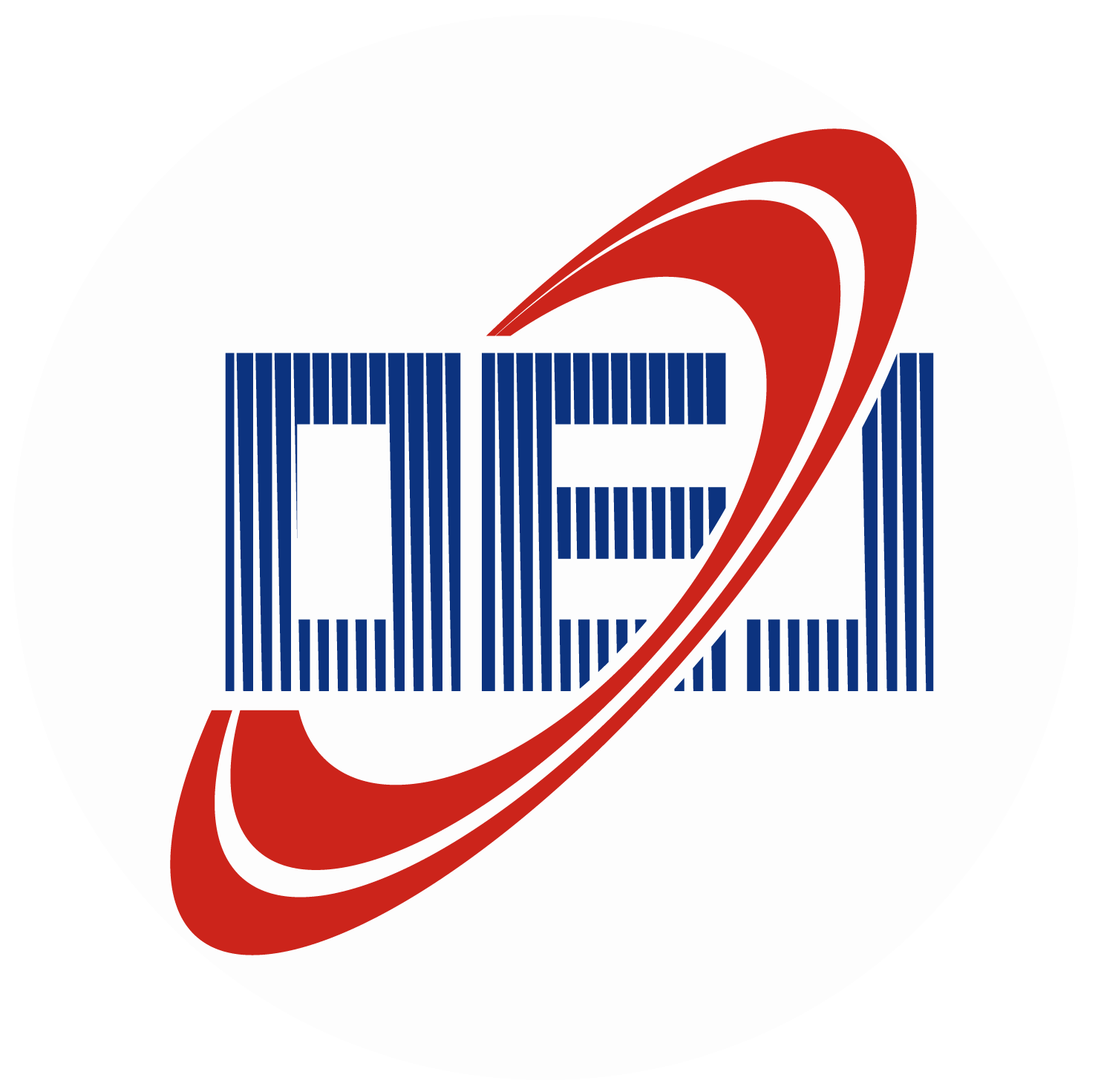-
Abstract
The flat mirror with the characteristics of large aspect ratio and high lightweight rate is one difficulty in the opto-mechanical design of a large off-axis three-mirror anastigmat cameras. For a certain flat mirror with a clear aperture of 1220 mm×198 mm, the assembly structure combining a semi-closed mirror blank made of silicon carbide with the three-point back support scheme was proposed, resulting in a total design weight of 30.5 kg. The supporting effect of the mirror was improved through the optimization of support positions. Both the size and position of hinges in the flexure were adjusted, taking into account gravitational deformation, thermal stability, and dynamic characteristics of the assembly. Simulation reveals that, under the condition of gravity during the test, the root mean square (RMS) of the surface accuracy change of the flat mirror is 1.812 nm, together with the tilt of 3.639" for the mirror blank. The measured fundamental frequency of the assembly is 132.5 Hz. After polishing, the tested RMS values of surface accuracy are 0.0203λ, 0.0197λ, and 0.0204λ (λ=632.8 nm), corresponding to the left, middle, and right sub-zones of the flat mirror respectively. The surface accuracy can remain basically unchanged after environmental tests, which meets the requirements of high-performance space cameras. -



 E-mail Alert
E-mail Alert RSS
RSS


